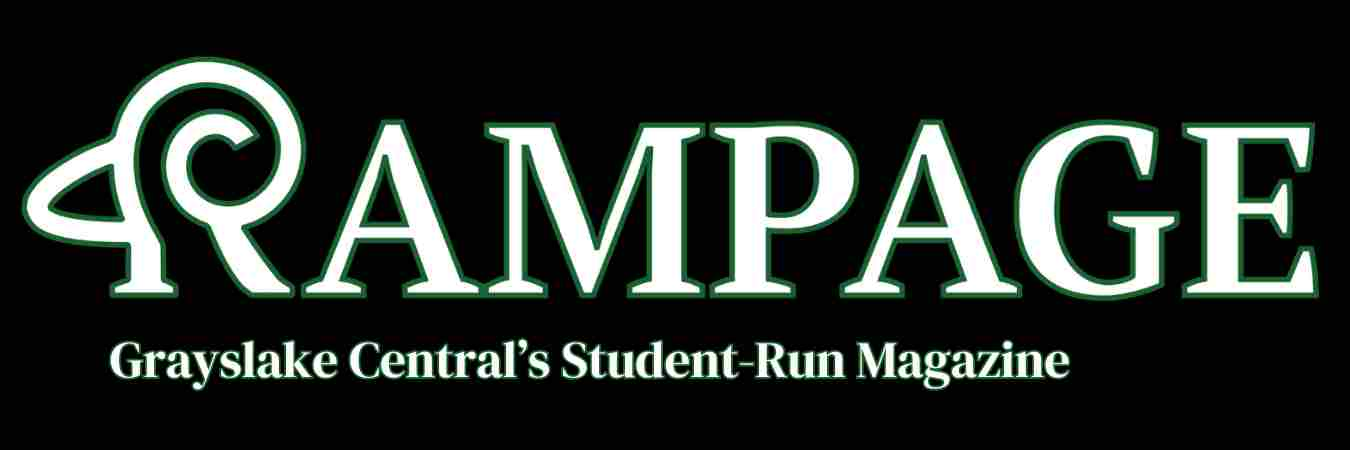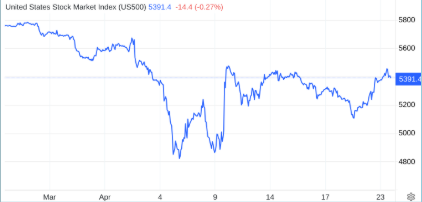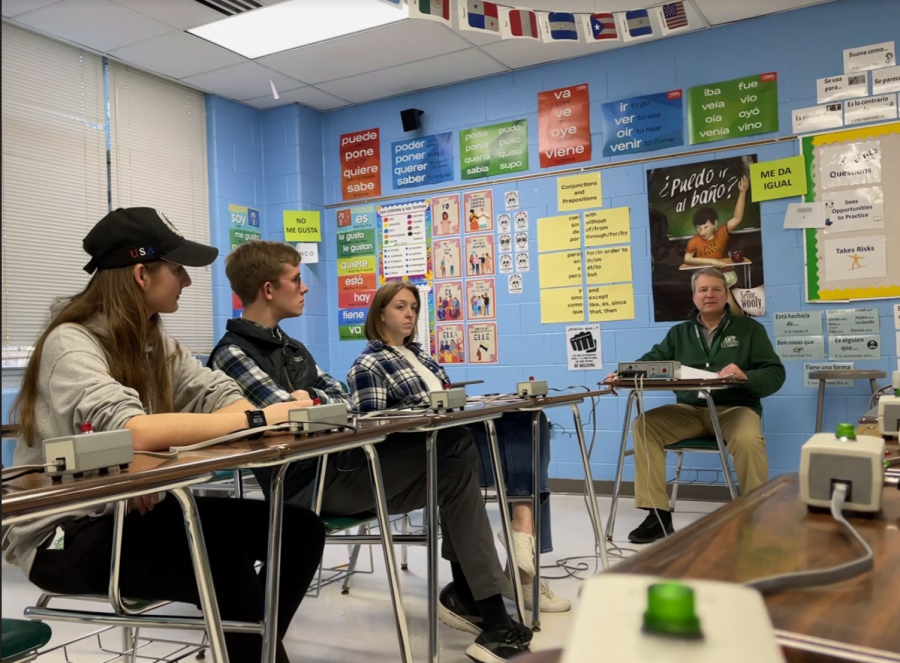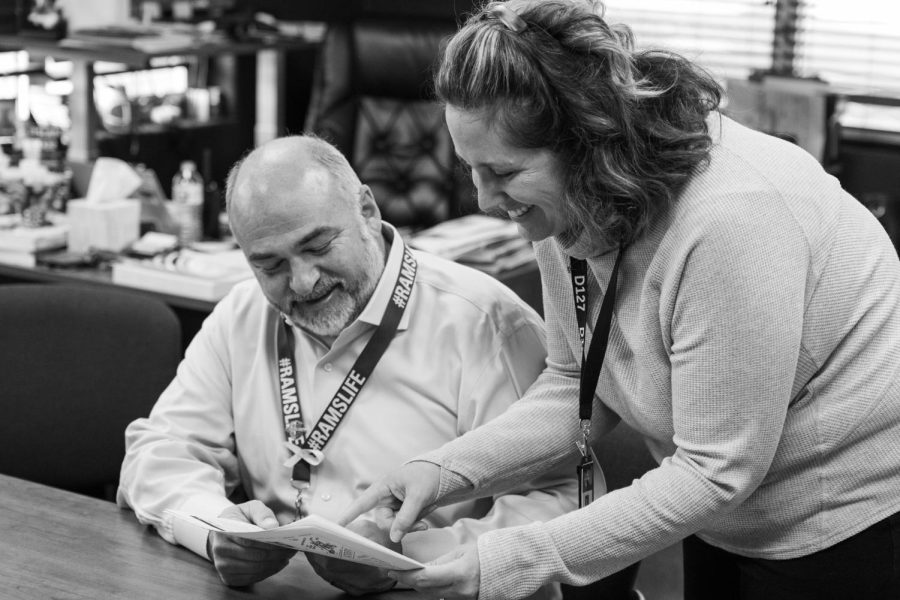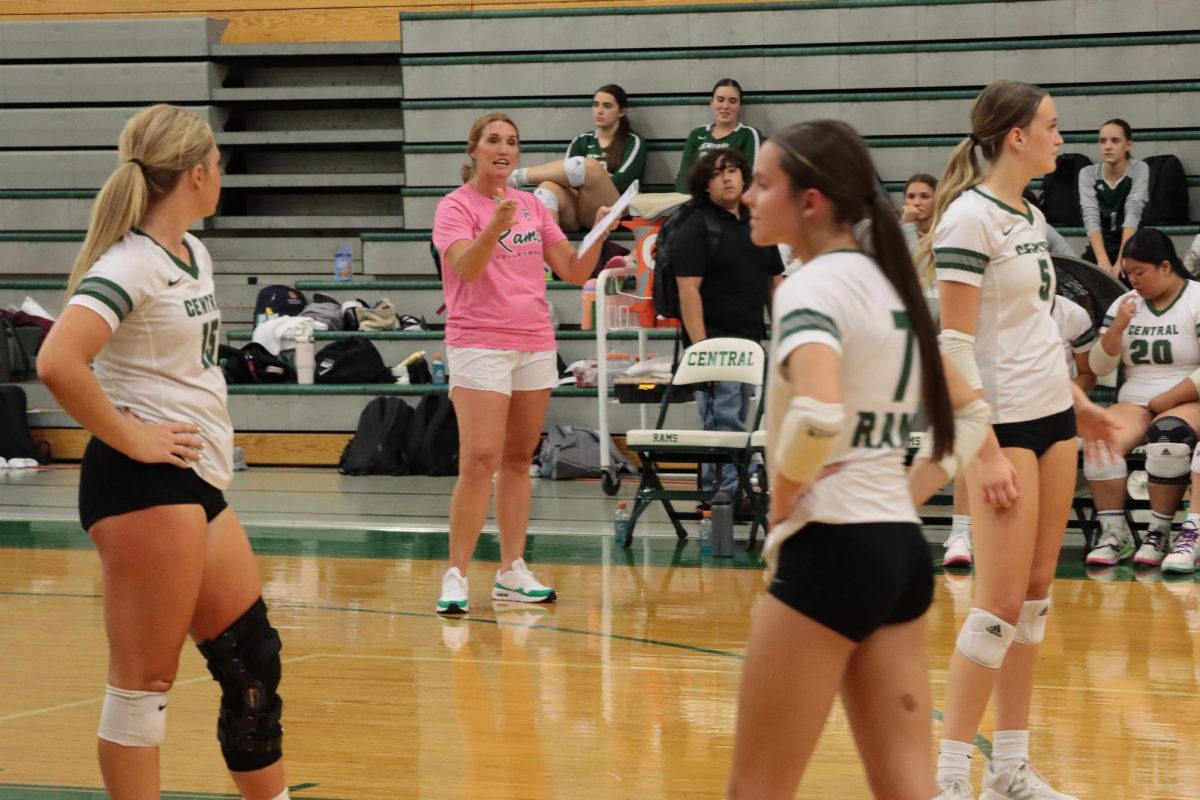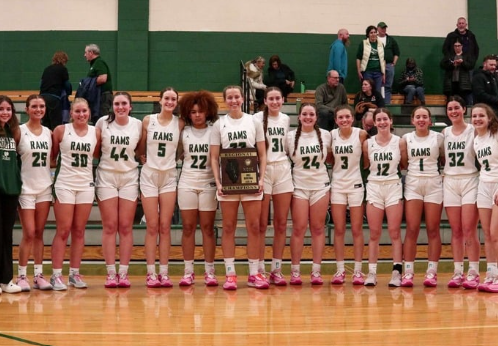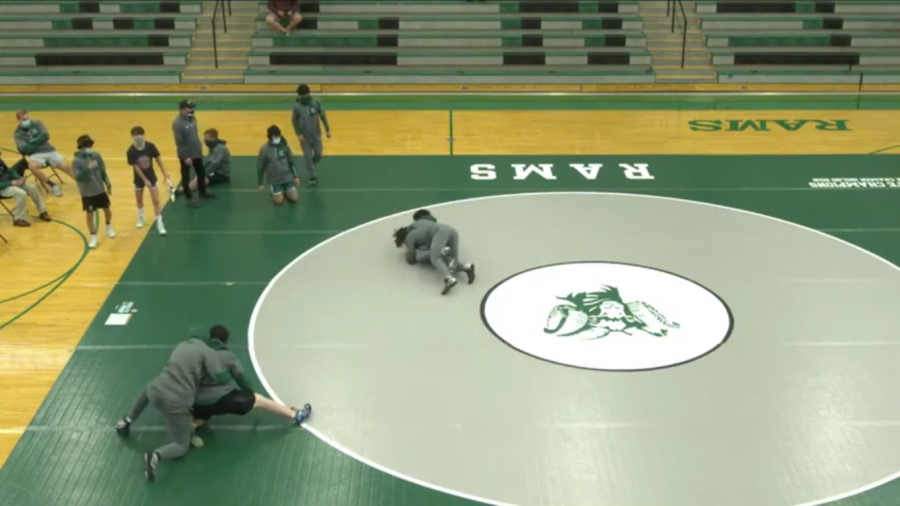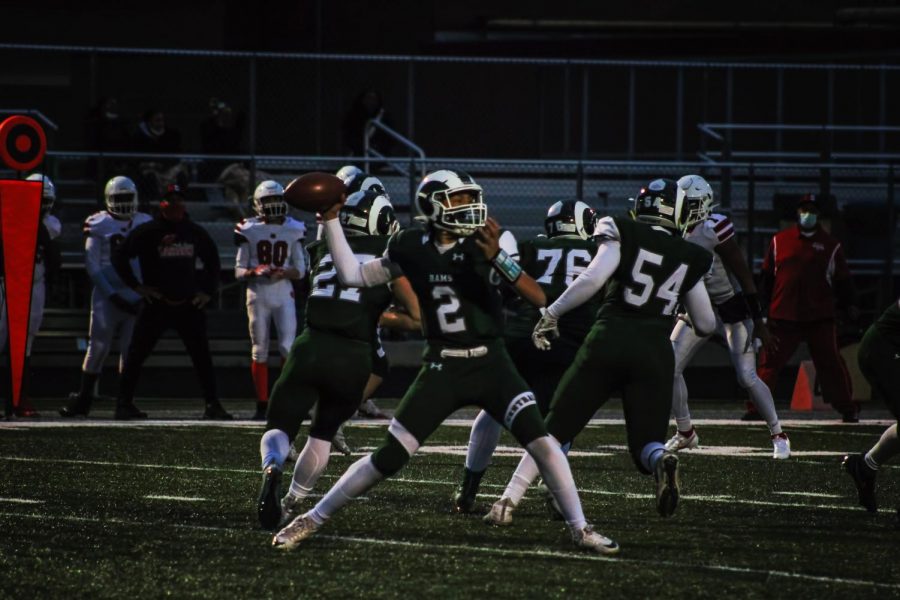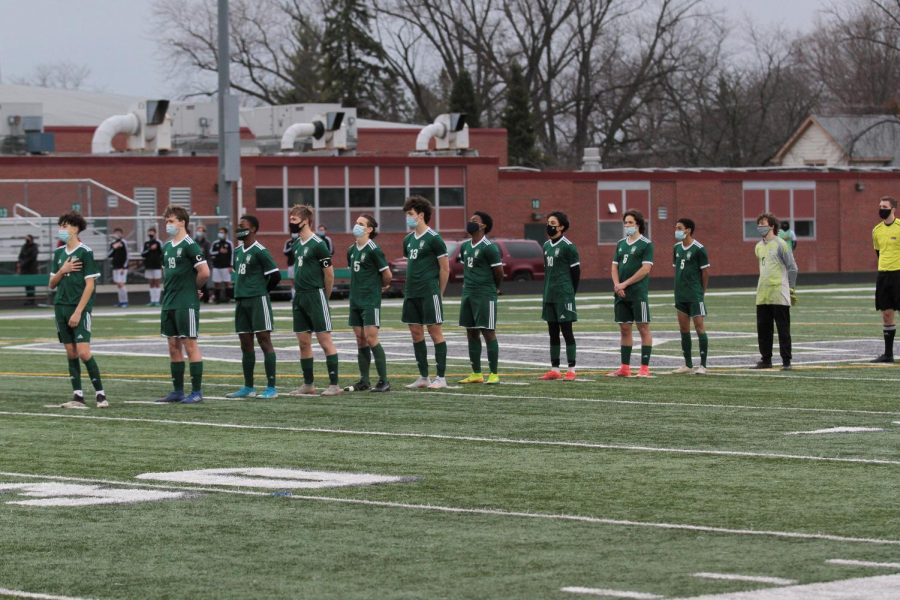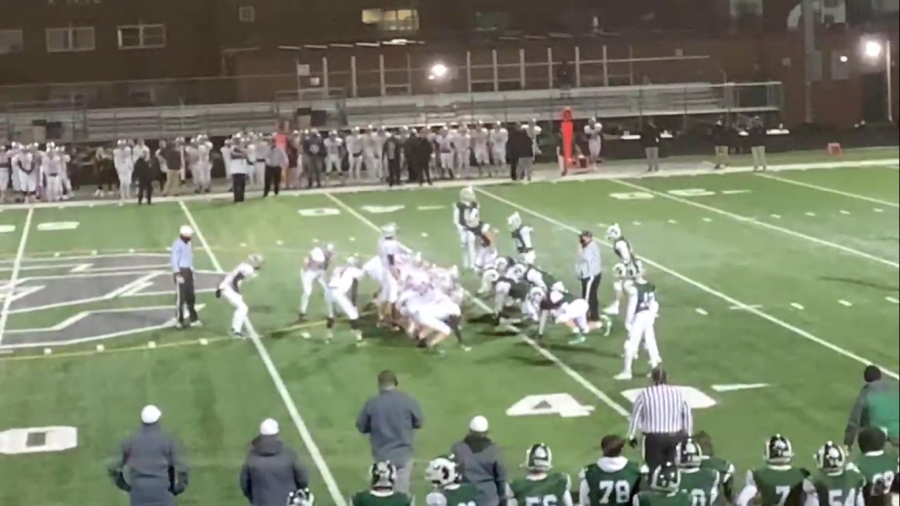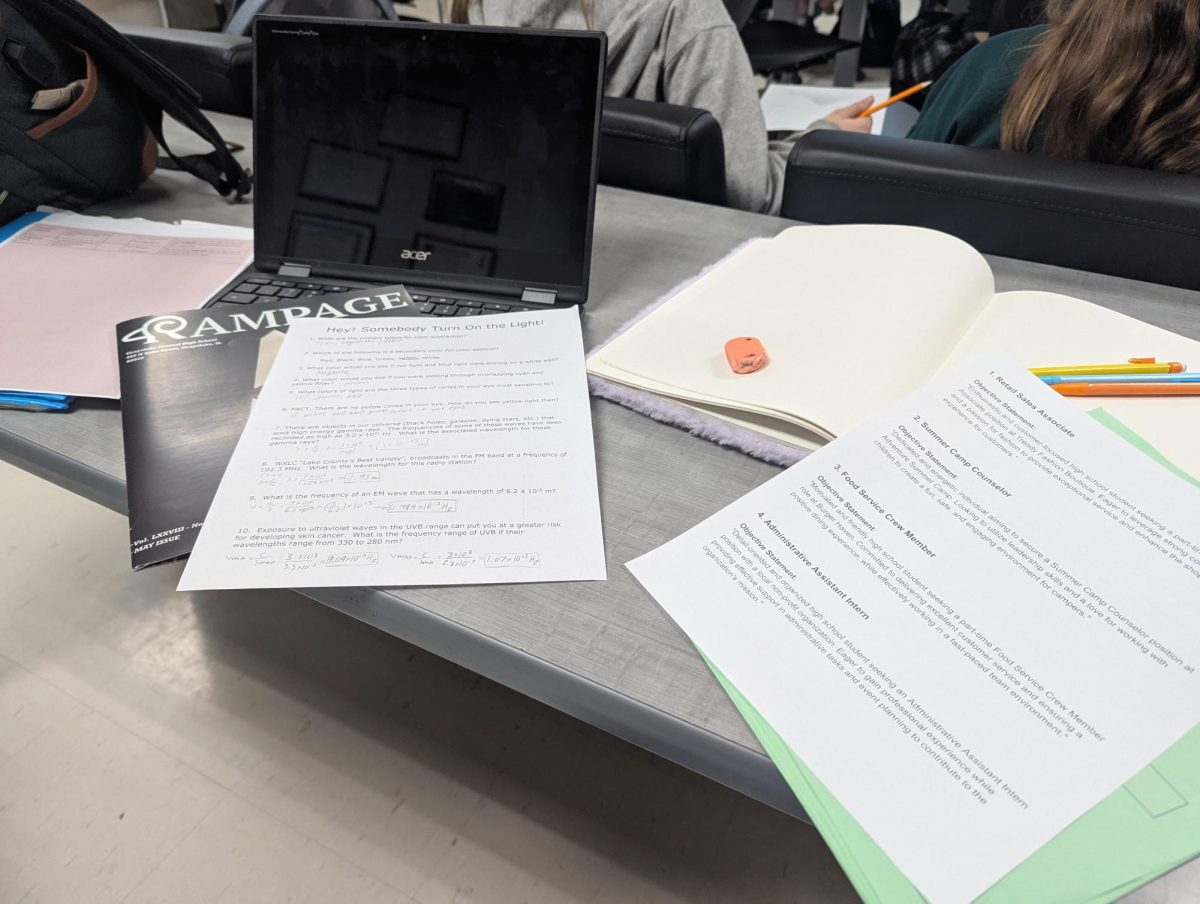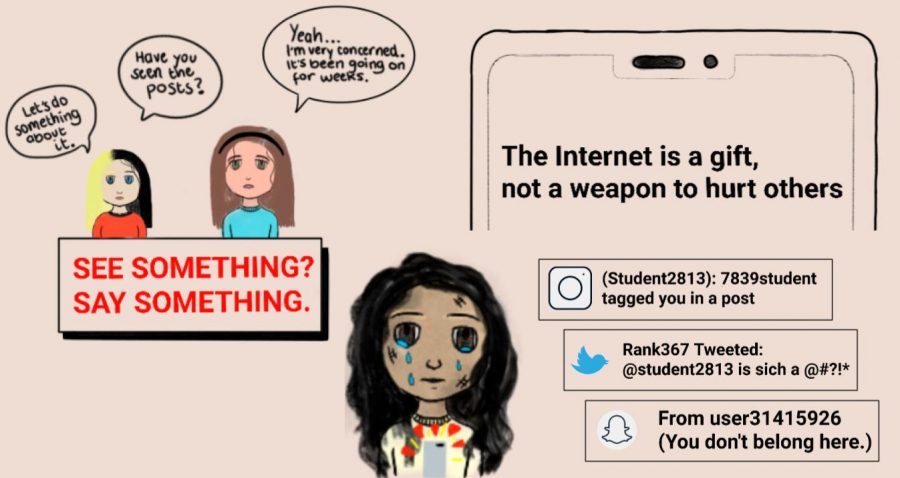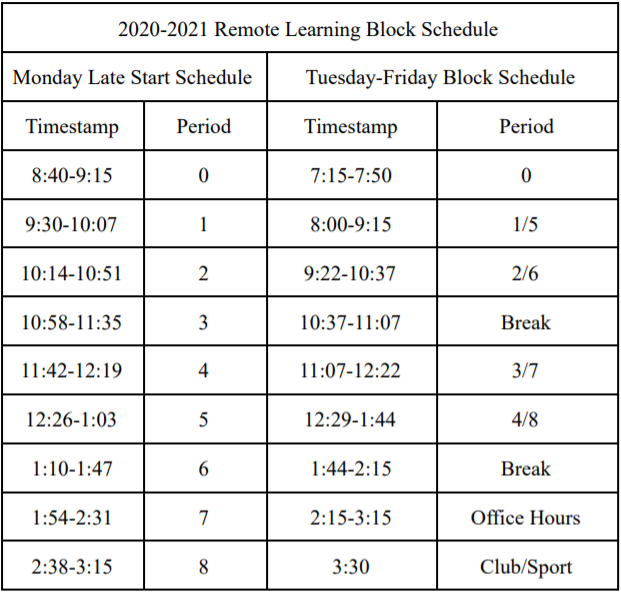Remote Learning: What Do Students Think?
Considering how different Remote Learning is in the fall from the Spring, what do the students think?
One of the biggest changes this year has been the use of a block schedule to better accommodate students and their need for more time to work through assignments.
September 18, 2020
March 13th, 2020 was what many consider to be the last normal day of the year. For the last time, 1,350 students packed the bustling halls of GCHS, in a world where wearing masks inside was considered intimidating and not allowed. A world where 1,600 people would cram into concert venues to see the next big thing in the music world. A world where COVID-19, or really just the coronavirus, was but a small thought, tucked away in the back of our heads. Then, of course, Principal Dan Landry went over the PA system to announce, “District 127 will be implementing the following schedule moving forward… After spring break, starting Monday, March 30th, through at least April 3rd, the district will have eLearning lessons. Depending on the situation, there is a possibility that it may extend beyond that window,” and sure enough, it did.
Personally, eLearning has no doubt been an adjustment. The overall experience of waking up, filling out the attendance form, and logging into Schoology to begin another day has still been hard to adjust to. Ultimately, this whole experience is something we will surely carry with us for the rest of our lives. In keeping with this, we might as well collect as much information about our current world situation as humanly possible so as to never forget what we have overcome.
To collect said information, we asked you, the Central students, and you said that the pros of Remote Learning overwhelmingly had to do with accountability for missed work, better lines of communication between students, and more structure overall.
“There is accountability encouraging more engagement, and grades move providing motivation. There is also more engagement with classmates,” said sophomore Alyson Perry.
One particular difference this year has been the requirements for Zoom meetings. In the spring, Zoom meetings were entirely optional, so as to make sure that meetings never overlapped with each other. Now, in the fall, Zoom meetings are required and students can be penalized for not attending meetings, by receiving a “CV” code in PowerSchool, indicating they did not attend the meeting.
“We have all [Zoom] classes, so a better connection is established between the teacher and other students. We still receive all the assignments in the beginning of the week, which is helpful so you can get an overview.” said junior Charlotte Storckman.
As for cons, they were overwhelmingly focused on tech issues and the more rigorous structure used this fall.
“Some teachers don’t understand how difficult it can be with remote learning, yet it feels like they assign even more homework than if we were in normal class.” said junior Ryan Sobie. “Although I have my gripes about remote learning, I do appreciate all the teachers that have really been working hard to try to make this experience as beneficial as possible.”
Really, life since March 13th has been quite the rollercoaster ride. During this time, it’s important to stay motivated and to do the best possible job that we can to be supportive of each other and do what we can to make the most of this once-in-a-generation experience.
